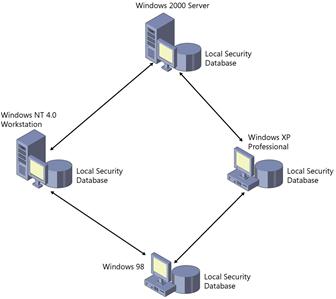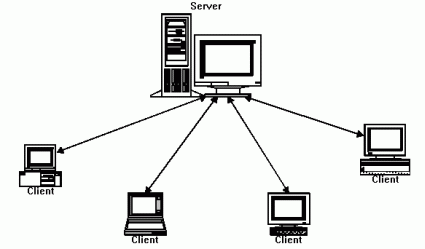There are two types af architecture in Networking.
They are:
1.Peer to Peer: abbreviated P2P, architecture is a type of network in which each node has equivalent capabilities and responsibilities.
"P2P") computer network uses diverse connectivity between participants in a network and the cumulative bandwidth of network participants rather than conventional centralized resources where a relatively low number of servers provide the core value to a service or application. Peer-to-peer networks are typically used for connecting nodes via largely ad hoc connections. Such networks are useful for many purposes. Sharing content files (see file sharing) containing audio, video, data or anything in digital format is very common, and realtime data, such as telephony traffic, is also passed using P2P technology.
Peer-to-peer networks are generally simpler but they usually do not offer the same performance under heavy load.

2.Client Server: There is no equality in capabilities and responsibilities among the nodes.
The client can send data requests to one or more connected servers. In turn, the servers can accept these requests, process them, and return the requested information to the client.is a computing architecture which separates a client from a server, and is almost always implemented over a computer network. Each client or server connected to a network can also be referred to as a node. The most basic type of client-server architecture employs only two types of nodes: clients and servers. This type of architecture is sometimes referred to as two-tier. It allows devices to share files and resources. Client/server describes the relationship between two computer programs in which one program, the client, makes a service request from another program, the server, which fulfills the request. Although the client/server idea can be used by programs within a single computer, it is a more important idea in a network. In a network, the client/server model provides a convenient way to interconnect programs that are distributed efficiently across different locations. Computer transactions using the client/server model are very common.

|



